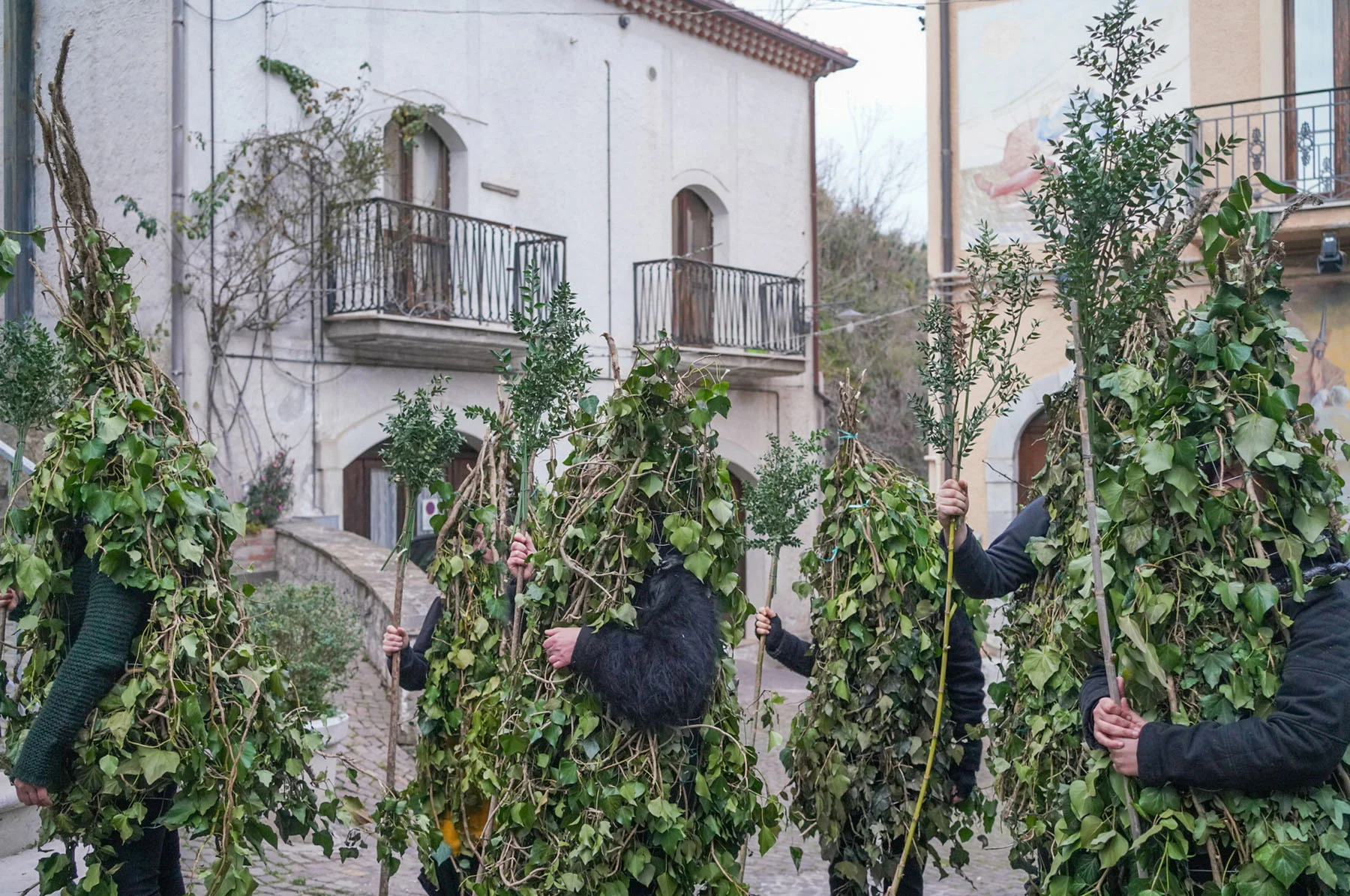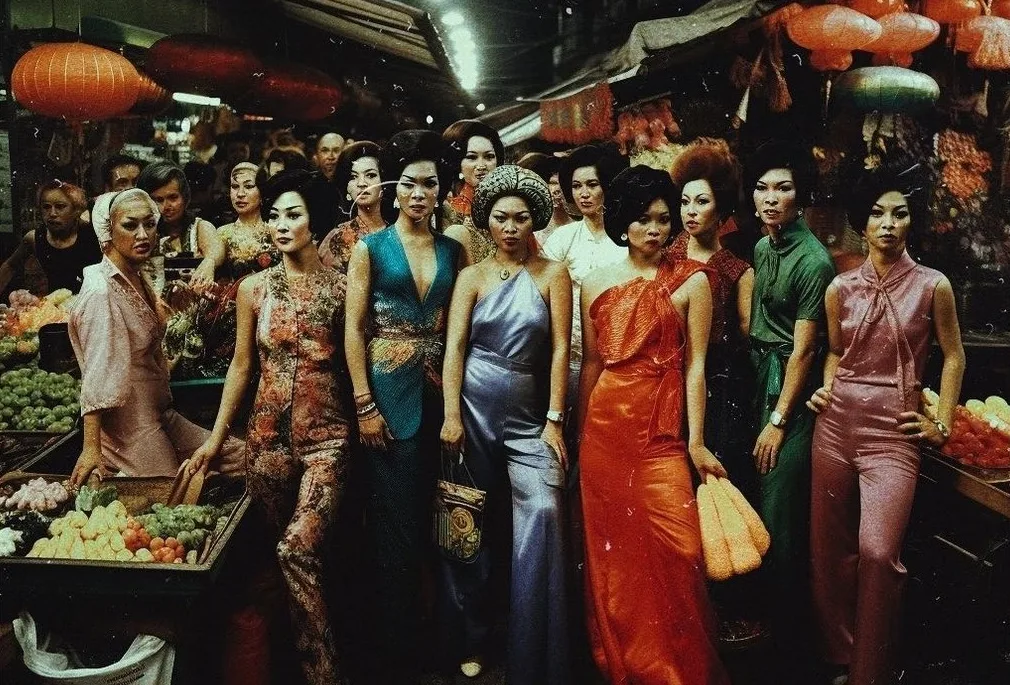

For as long as she can remember, photographer Alice Poyzer has carried the emotional and physical burden of masking her autism to fit in. Upon turning 25, she came to the realization that quieting herself for the comfort of others was helping nobody, and she set out to do a project that offered an alternative depiction of autism. Poyzer tells writer Gem Fletcher how, as she established a deeper connection with herself, she uncovered a story about the indescribable joy of special interests and the importance of celebrating what makes us different.

Taxidermy bears, decorative butterflies and flying cats. These are just some of the majestic animals in “Other Joys,” an autobiographical project by British photographer Alice Poyzer that explores the euphoria born from her special interest in animal shows and taxidermy. These deep passions—often a common trait found in people with autism—are unique to the individual but offer a sense of warmth, calm and excitement. “I think, unfortunately, neurotypical people just can’t relate,” Poyzer explains. “This intensity of joy autistic people have for special interests feels like a secret club, and this body of work is about celebrating that.”


In her distinct flash-drenched monochromatic photographs, Poyzer takes the viewer on a visual journey into her world, sharing the objects and surroundings she cherishes most. Through portraiture and still life, which at first glance appear to reject a conventional storytelling framework, she deftly traverses the calm and playful to the unexpected and unsettling. As the narrative progresses, links and connections between symbols, people and places become more potent. Everything from physical spaces to taxidermy mice become characters in their own right, creating a surreal and disarming realm that defies categorization.

The recurring motif of multiplicity, employed conceptually and literally, gives “Other Joys” its provocative edge. Poyzer, as the lead protagonist, expresses multiple personas across the series, sometimes bold and confrontational, and at other times, soft and tender. In one frame, we see her nervous, arms wrapped tightly around herself as a protective shield. This code-switching is intentional, mirroring the artist’s own experience masking her autism and having to be “many people,” dependent on the environment she’s moving through.

When it comes to autistic representation in media and culture, while slowly improving, the portrayal is often rooted in stereotypes and does very little to bring awareness to the complexity of the spectrum of autism, as well as the individual experience. “Being autistic has meant every day is a battle,” explains Poyzer about her neurodiversity. “I always had difficulty fitting in, and when I went to the doctor at age 15 to explain my symptoms, he dismissed them as me being a teenage girl. This reality delayed my journey to getting a diagnosis, and it took seven more years for my autism to be taken seriously. Even now, there is a constant necessity to stand up and advocate for yourself.” Tragically, this is an especially common experience for women, whose traits often differ from men’s and, therefore, are frequently missed by the health care system.


While some of Poyzer’s family and friends feature in the series, she deliberately hides their identity, mirroring her experience of feeling misunderstood or never fully seen by even those closest to her. “I have to mask a lot to avoid making myself vulnerable,” Poyzer says about masking, a survival strategy for many autistic people in an attempt to fit in with neurotypical people. “Masking is not just an emotional weight, but actually an ongoing physical burden. I feel it in my chest. I feel it in my head, and it’s very tiring. The crux of this project was to create a space where I could show up as my full self while also representing autism in a new light. Through this work, I want to allow people to understand my existence, my joys and difficulties.”

To create “Other Joys,” Poyzer took a hybrid approach to making, moving between responsive reportage and carefully planned setups depending on her location. Despite animal shows not being particularly autism-friendly—due to their overstimulating and intense circumstances—she immersed herself in this niche subculture. The West of England Bull Terrier Championship, Kernow Cat Club and the Welland Valley Cavy Club are just some of the pet shows the artist attended over the last six months. The shows often take place in village halls in small towns, so Poyzer can never predict what images she can make until she’s there. This commitment to the process has refined her dexterity as a photographer and opened up new ideas where the animals and architecture of the spaces become proxies for the chaos of existence, opening a gate between internal and external experience.


Ultimately, the series speaks to the complexity of the female autistic experience while celebrating what makes us all different. As the work is released to the public, recently picking up Paris Photo’s Carte Blanche Student award, Poyzer feels equal levels of excitement and uncertainty about negotiating audience reactions to the project.
“In real life, I am very cautious about who I tell I have autism because, at times, it has actually put me at risk,” Poyzer explains when I ask about publishing the work. “So far, making ‘Other Joys’ has opened up lots of positive and negative conversations, and that’s been quite challenging if I’m brutally honest. However, continuing to make images and being surrounded by people, places and things that give me immense joy continues to be such an empowering act. It’s become a place where I can truly feel safe.”

